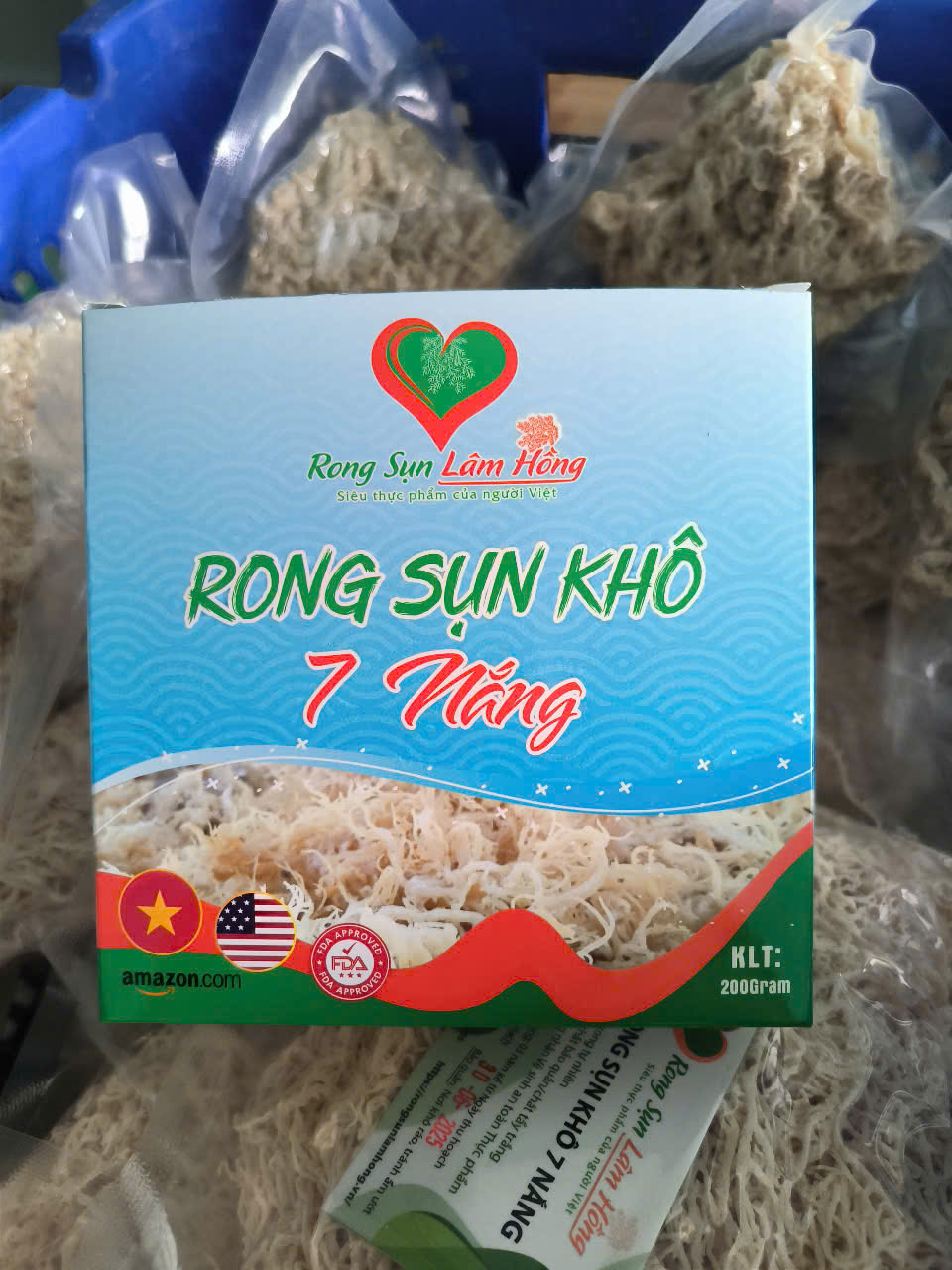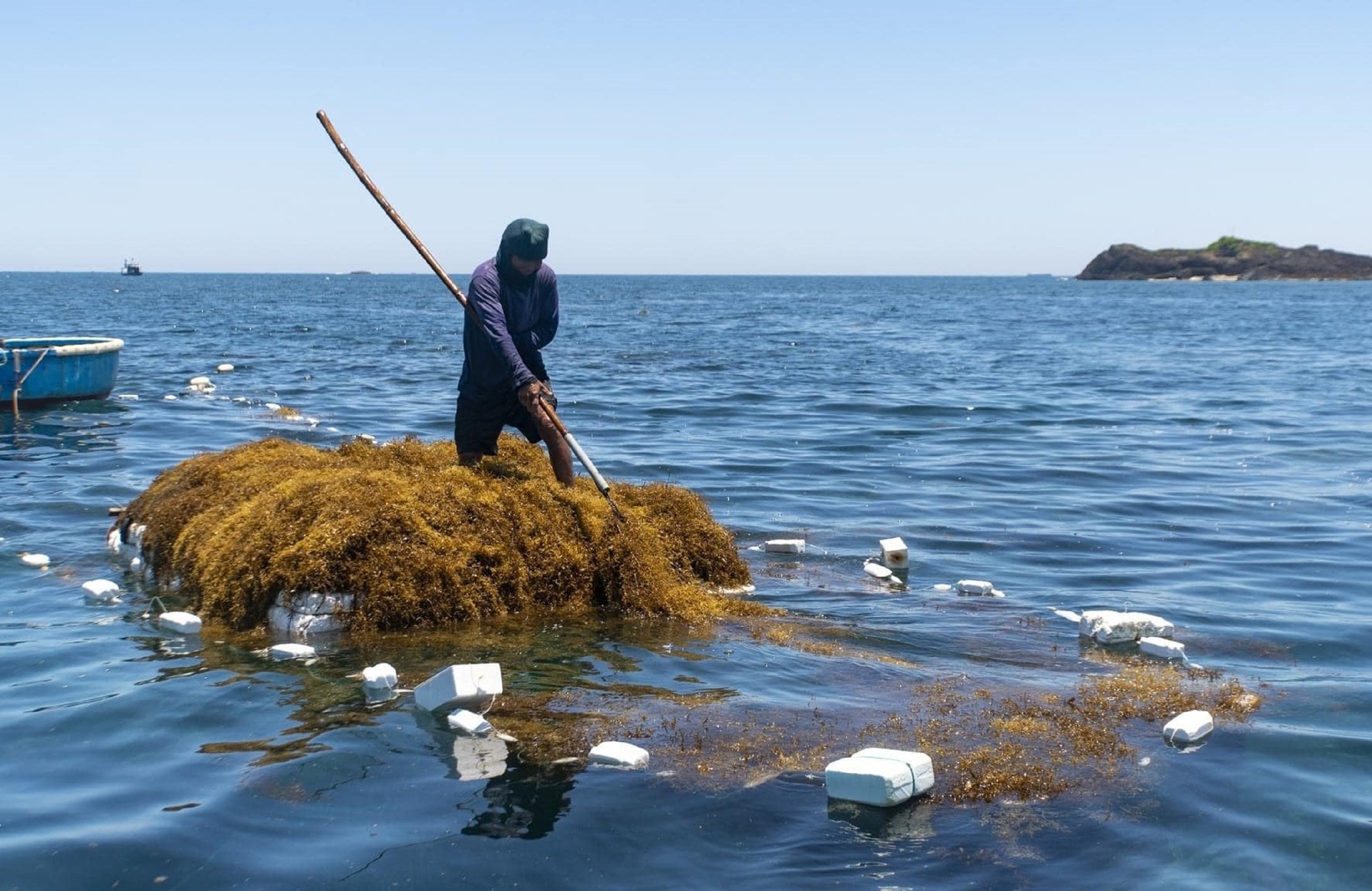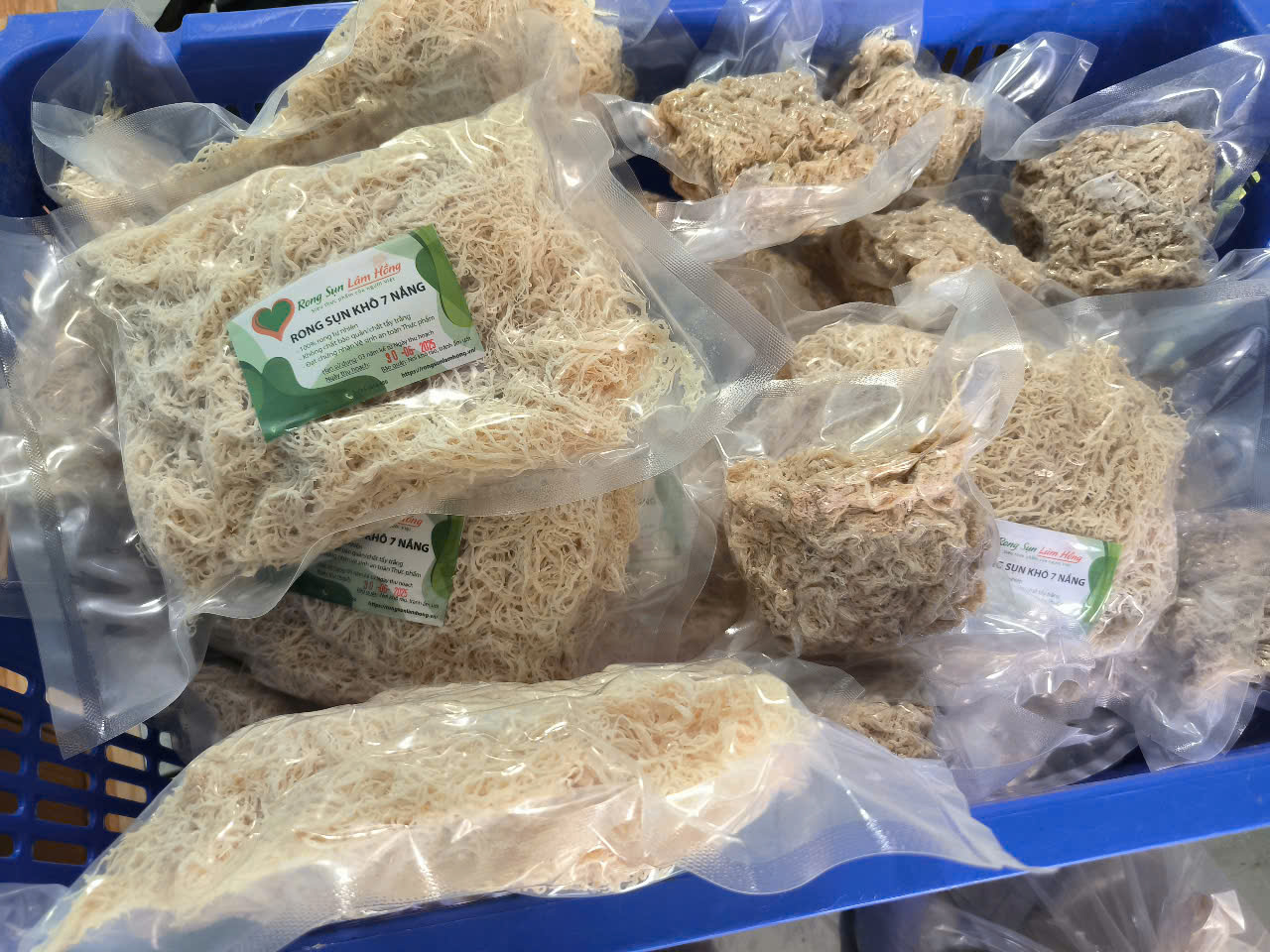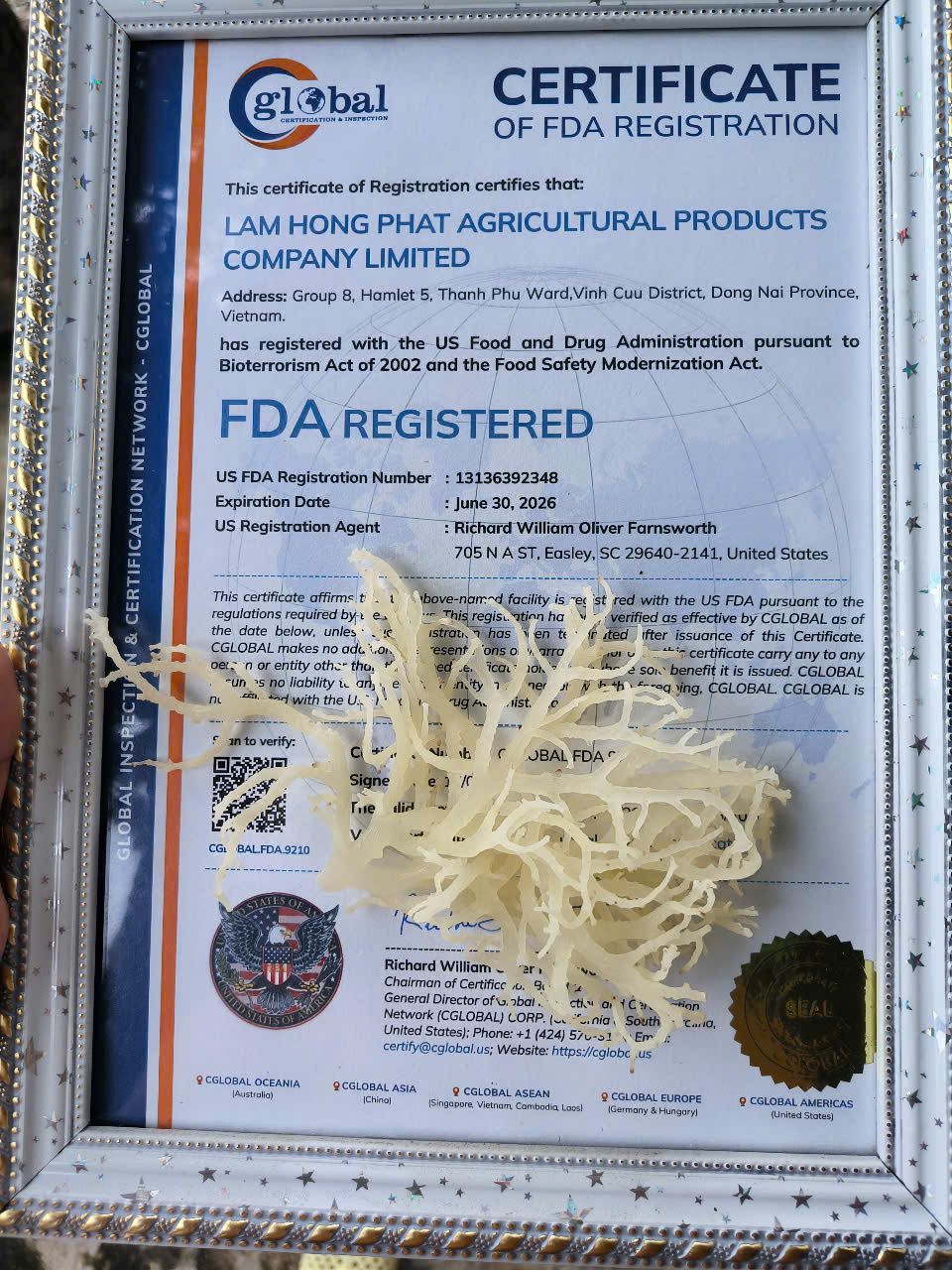Seeking Spinosum seaweed suppliers in Southeast Asia has become an ideal solution for many businesses looking to source this product for use in food, cosmetics, and pharmaceutical manufacturing. The Southeast Asian region has increasingly demonstrated its capability and reliability, proving itself as a convincing choice for companies with purchasing needs.
If you are also exploring seaweed suppliers from Southeast Asia and wish to find a trusted Spinosum distributor, the following content is worth your attention.
1. Abundant yield – Consistent quality – Logistical advantages – Local resources
Southeast Asia has long been recognized as a leading global hub for Spinosum seaweed supply, with countries such as Vietnam, Indonesia, and the Philippines offering ideal natural conditions for cultivating red seaweed. Thanks to the tropical climate, stable salinity levels, and expansive shallow coastal waters, the region consistently achieves high yields of Spinosum seaweed, ensuring a reliable supply for international markets.

Lam Hong Sea Moss products are available in supermarkets nationwide.
Beyond sheer volume, Spinosum seaweed suppliers from Southeast Asia are also known for clean, high-quality seaweed with controlled moisture content and well-managed drying processes, either natural or semi-mechanized. These practices help preserve the high levels of bioactive compounds essential for use in functional foods and cosmeceuticals.
Moreover, logistical advantages from major seaports such as Tanjung Priok (Indonesia), Hai Phong and Saigon (Vietnam), and Manila (Philippines) enable global Spinosum exporters in the region to ship goods efficiently and at competitive costs.
Lastly, the availability of a skilled local workforce experienced in seaweed farming and harvesting contributes significantly to the effectiveness and reliability of the entire supply chain.
2. Competitive pricing – Preferential tariffs – Optimized shipping – Flexible fulfillment
Compared to other regions such as South America or Africa, importing from Spinosum seaweed suppliers in Southeast Asia offers clear economic advantages.
- Firstly, the cost of products from Southeast Asia is generally 15–25% lower due to reduced labor costs and favorable natural farming conditions.
- Secondly, bilateral and multilateral trade agreements within the region, such as the RCEP and ASEAN Free Trade Area, help minimize tariff rates on export orders.
- Thirdly, the geographic proximity to major markets like China, Japan, South Korea, and even parts of Europe allows for shorter transportation distances, significantly reducing logistics expenses and delivery times.
- Finally, suppliers in Southeast Asia tend to be more flexible in customizing packaging, quality inspection procedures, and payment terms, a major advantage when working with global brands seeking tailored, responsive supply chain partnerships.

Lam Hong sea moss seaweed being harvested
3. Clean raw materials – Standardized farming systems – Government support – Sustainable growth
Among Southeast Asian countries, Vietnam is emerging as a reliable seaweed supplier from Southeast Asia, offering several unique advantages.
Firstly, Vietnam has established cultivation regions in Nha Trang, Phu Yen, and Binh Thuan, areas renowned for clean, low-pollution waters that meet organic standards.
Secondly, farming systems in these regions are increasingly adopting modern techniques, resulting in higher yields and more rigorous quality control.
Thirdly, the Vietnamese government provides strong support for agricultural and aquacultural exports, including inspection assistance and tax incentives for businesses certified under HACCP, GMP, and similar standards, creating favorable conditions for global Spinosum exporters.
Finally, Vietnam’s seaweed industry is being steered toward sustainable development, with a focus on traceability and minimizing environmental impact, key priorities for many international partners.

Lam Hong sea moss seaweed products in storage
3.1. Unique features of Vietnamese seaweed
Vietnamese seaweed is increasingly asserting its position as one of the most promising natural resources for the functional food, cosmetic, and pharmaceutical industries. With a long coastline and tropical climate, Vietnam is home to numerous natural seaweed farming areas, particularly in coastal provinces such as Nha Trang, Phu Yen, Binh Thuan, and Kien Giang.
Commonly cultivated species include Kappaphycus alvarezii (Cottonii), Eucheuma denticulatum (Spinosum), and Gracilaria, all of which are highly valued for their rich nutritional content, especially carrageenan, a high-value compound widely used in food and cosmetic production.
Vietnam is also placing significant focus on developing a sustainable seaweed value chain, from organic-certified farming practices to advancements in post-harvest processing technologies. In addition, support from the government and the benefits of trade agreements such as RCEP and EVFTA have created favorable conditions for Vietnamese seaweed to penetrate deeper into international markets.
With clean raw materials, consistent quality, and competitive pricing, Vietnam is emerging as an ideal sourcing destination for global partners in the seaweed industry.
3.2. Features of seaweed in Nha Trang
Seaweed cultivated in Nha Trang is considered to be of superior quality compared to many other farming regions in Vietnam, thanks to its uniquely favorable natural conditions. With clear blue seawater, minimal industrial pollution, and stable ocean currents throughout the year, the area provides an ideal environment for growing high-value seaweed species such as Cottonii and Spinosum.
Compared to other regions like Phu Yen, Binh Thuan, or Kien Giang—where seaweed farming is also well developed, Nha Trang stands out for its ability to maintain high purity and nutrient content in each harvest.
Additionally, the close proximity to research institutions and processing enterprises in Khanh Hoa enhances the region’s seaweed value chain. As a result, Nha Trang seaweed is not only favored domestically but also recognized as a top choice by international partners seeking high-quality, traceable, and sustainably produced raw materials.

Certificates of Lam Hong sea moss seaweed products
4. Export experience – Certified products – Transparent supply chain – Long-term commitment
Lam Hong sea moss is one of Vietnam’s leading suppliers of Spinosum seaweed for global markets, with over 10 years of export experience to South Korea, Japan, the U.S., and the EU.
First, Lam Hong sea moss adheres to internationally standardized processes in harvesting, drying, and packaging, with products certified by ISO 22000, HACCP, and official export inspection bodies.
Second, the company directly operates seaweed farms in Nha Trang and Phu Yen, regions known for producing premium-quality dried Spinosum sea moss with a high natural gel content.
Third, Lam Hong sea moss has developed a transparent supply chain: Clients can trace the origin of cultivation areas, harvest timelines, and quality control systems for each shipment.
Finally, Lam Hong is a spinosum seaweed supplier and is committed to long-term partnerships, offering product formulation consulting (especially for Spinosum moss gel making), technical support, and efficient assistance with export documentation and procedures.






